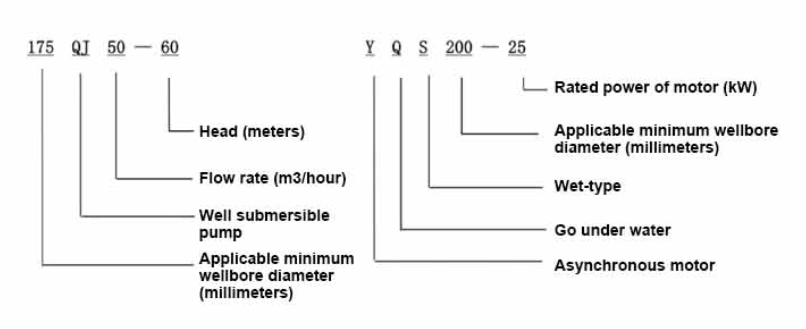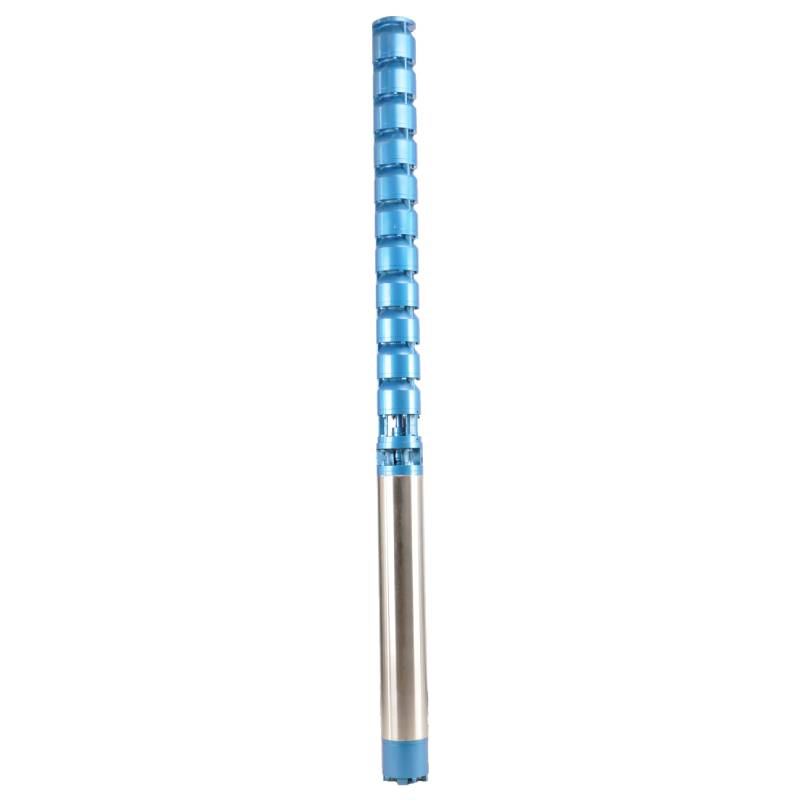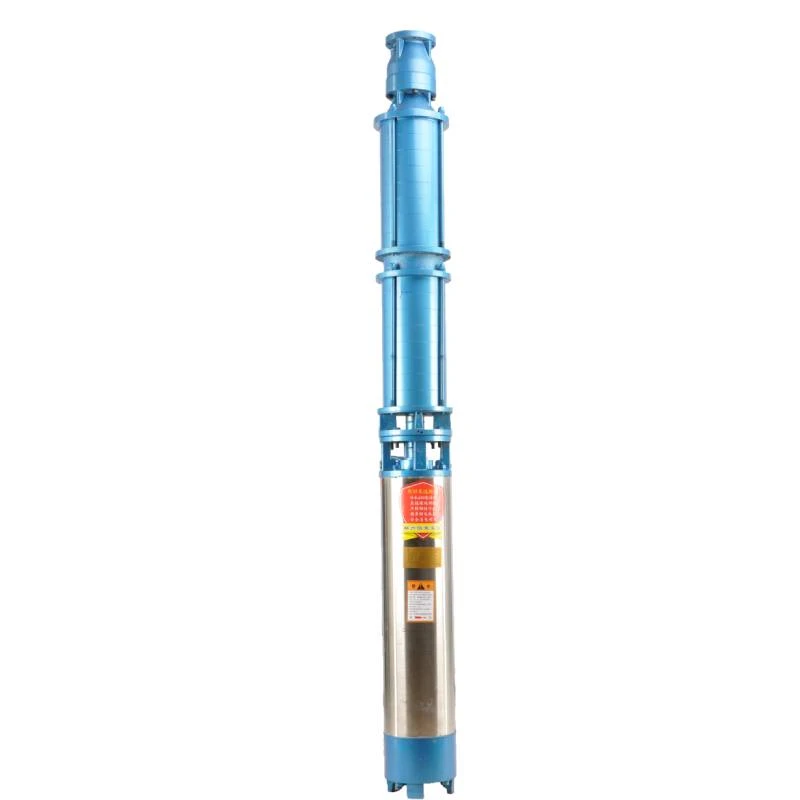Sep . 21, 2024 18:25 Back to list
submersible water pump motor
The Importance of Submersible Water Pump Motors
Submersible water pump motors play a crucial role in a variety of applications, ranging from residential water supply to industrial processes. These motors are designed to operate underwater and are encased in a sealed environment, protecting them from moisture and ensuring reliable performance even in challenging conditions. As such, they are essential components for efficient water management systems.
One of the primary advantages of submersible water pump motors is their ability to function in deep water applications. Unlike traditional pumps, which often require long suction pipes and can suffer from cavitation, submersible pumps are positioned at the source of the water, minimizing pressure losses and maximizing efficiency. This makes them ideal for deep well applications, sewage systems, and groundwater extraction.
Submersible water pump motors come in various types, including single-phase and three-phase models, each suited for different power and operational requirements. The choice of motor depends on the specific application and the depth of water that needs to be pumped. For instance, single-phase motors are typically used in residential settings, such as for irrigation or well water supply, while three-phase motors are more common in industrial applications where higher power and efficiency are needed.
submersible water pump motor

When selecting a submersible motor, several factors need to be considered, including the motor’s power rating, efficiency, and durability. Given that these motors are often submerged, they need to be designed with corrosion-resistant materials to withstand harsh environments. Stainless steel and thermoplastic components are commonly used to enhance longevity and reduce maintenance needs.
Energy efficiency is another critical aspect of submersible pump motors. With growing concerns about energy consumption and environmental impact, manufacturers are increasingly focusing on creating motors that offer superior energy efficiency. Utilizing advanced technologies such as variable frequency drives (VFDs) allows for optimal control over the motor speed according to the demand, which not only saves energy but also extends the life of the equipment.
Moreover, submersible water pump motors often feature advanced monitoring and control systems. These systems enable users to track performance metrics in real-time, ensuring timely maintenance and reducing the risk of failure. Data analytics can also help improve operational efficiency and predict potential issues before they arise.
In conclusion, submersible water pump motors are integral to modern water management solutions. Their efficiency, reliability, and adaptability to various applications make them an indispensable asset across residential, agricultural, and industrial sectors. As technology continues to advance, these motors will play an even greater role in sustainable water usage and management practices worldwide.
-
Deep Well Pump Installation Guide: Reliable Submersible Pumps
NewsAug.29,2025
-
125QJR Deep Well Submersible Pump - High Performance & Reliable Water Supply
NewsAug.28,2025
-
Water Filled Submersible Pump
NewsAug.26,2025
-
The Ultimate Solution for Clean
NewsAug.26,2025
-
SS Submersible Pump
NewsAug.26,2025
-
Reliable Water Extraction from Great Depths
NewsAug.26,2025
-
 Deep Well Pump Installation Guide: Reliable Submersible PumpsGet expert deep well pump installation for reliable, consistent water. Our durable submersible well water pumps are ideal for homes & farms. View our installation diagram & solutions.Detail
Deep Well Pump Installation Guide: Reliable Submersible PumpsGet expert deep well pump installation for reliable, consistent water. Our durable submersible well water pumps are ideal for homes & farms. View our installation diagram & solutions.Detail -
 125QJR Deep Well Submersible Pump - High Performance & Reliable Water SupplyGet reliable, high-performance water with the 125QJR Deep Well Submersible Pump. Ideal for irrigation, agriculture, and industrial deep well applications. Experience efficient, continuous water supply. Shop now!Detail
125QJR Deep Well Submersible Pump - High Performance & Reliable Water SupplyGet reliable, high-performance water with the 125QJR Deep Well Submersible Pump. Ideal for irrigation, agriculture, and industrial deep well applications. Experience efficient, continuous water supply. Shop now!Detail -
 Water Filled Submersible PumpA water filled submersible pump is engineered for optimal cooling, eco-friendliness, and high efficiency, especially in applications involving clean or slightly sandy water.Detail
Water Filled Submersible PumpA water filled submersible pump is engineered for optimal cooling, eco-friendliness, and high efficiency, especially in applications involving clean or slightly sandy water.Detail
